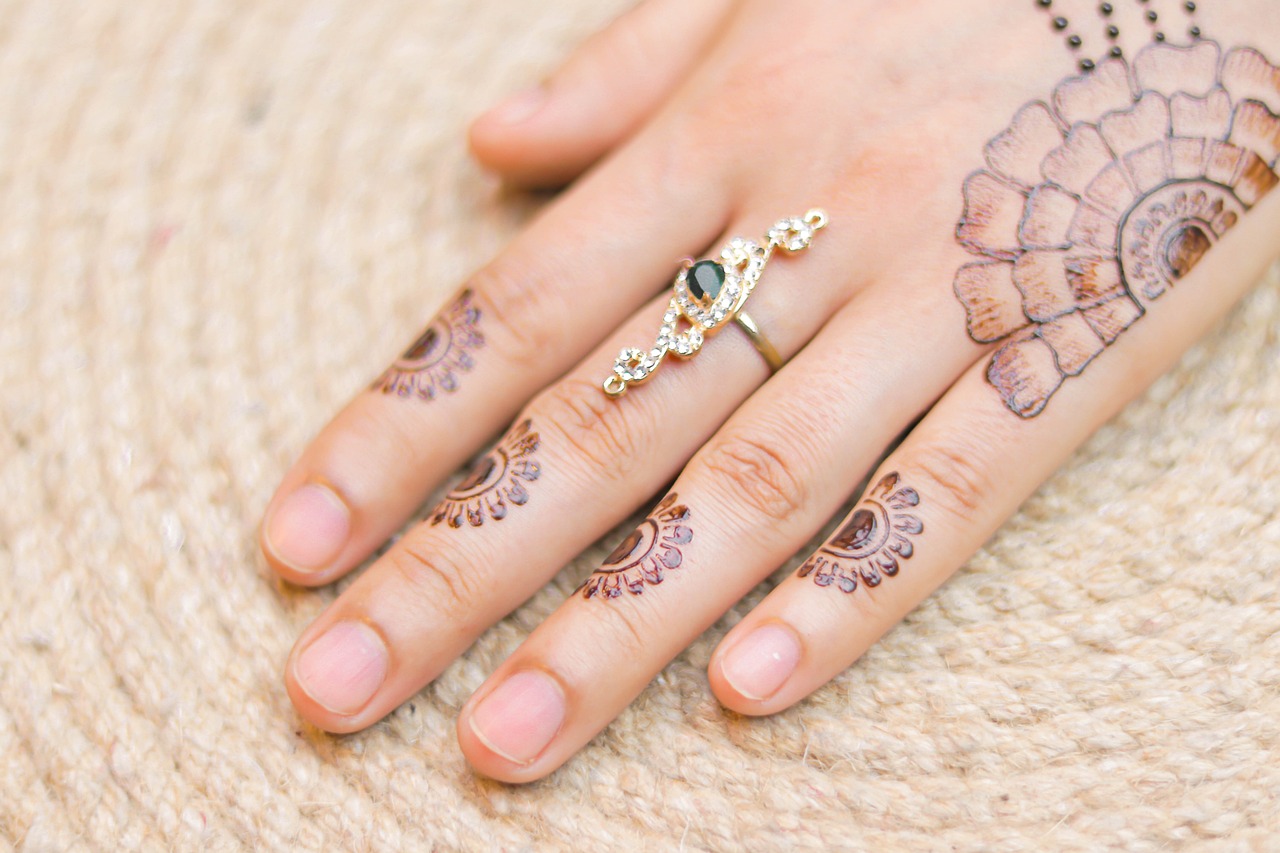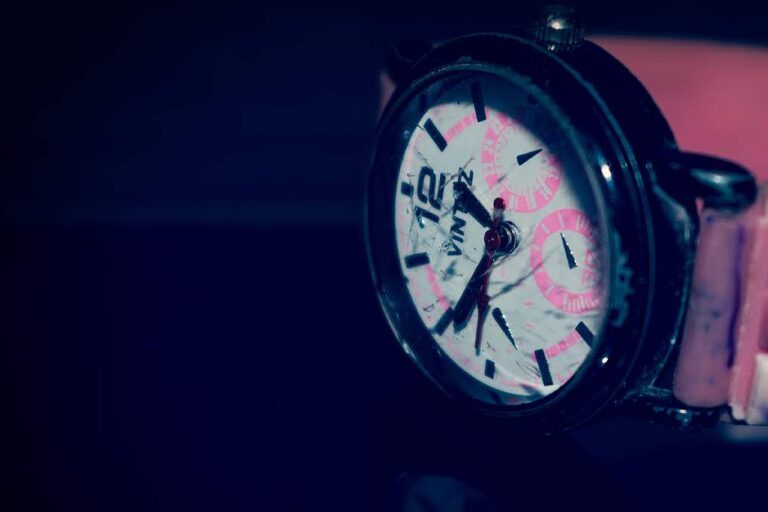Fashion and Sustainability: Tips for Upcycling Old Clothing into New Fashion Pieces
When selecting old clothing for upcycling projects, it’s essential to keep a few key factors in mind. Firstly, examine the fabric composition of the garments you’re considering. Opt for natural fibers like cotton, linen, or wool as they are typically more durable and easier to work with during the upcycling process. Avoid fabrics that are overly worn out or damaged beyond repair, as they may not hold up well to the transformation.
Next, pay attention to the style and design of the clothing pieces. Look for items that have interesting textures, patterns, or unique features that you can incorporate into your upcycling project. Consider how the garment can be repurposed or transformed to fit your vision, whether it’s cutting it up for fabric scraps, embellishing it with additional materials, or completely reimagining its original form. By carefully selecting old clothing with potential for reinvention, you can breathe new life into forgotten pieces and create something truly one-of-a-kind.
• Examine the fabric composition of old clothing for upcycling projects
• Opt for natural fibers like cotton, linen, or wool
• Avoid fabrics that are overly worn out or damaged beyond repair
• Pay attention to the style and design of the clothing pieces
• Look for items with interesting textures, patterns, or unique features
• Consider how the garment can be repurposed or transformed to fit your vision
Selecting the Best Tools and Materials for Upcycling Projects
When embarking on an upcycling project, it is crucial to ensure that you have the right tools at your disposal. Basic tools such as scissors, sewing needles, pins, and a sewing machine are essential for cutting, attaching, and stitching materials together. Additionally, having a good quality fabric glue can be handy for projects that involve materials that are difficult to sew.
In terms of materials, choosing sustainable and eco-friendly options is key for an environmentally conscious upcycling project. Look for fabrics made from recycled materials or natural fibers such as cotton, linen, or hemp. Utilizing old clothing, bed sheets, or curtains can also be a cost-effective and sustainable way to source materials for your upcycling projects. Remember, the key is to get creative with your choices and think outside the box when selecting materials for your upcycling endeavors.
Understanding Different Upcycling Techniques for Clothing
When upcycling clothing, there are various techniques that can be utilized to give old garments a new lease on life. One popular method is patchwork, where different fabric pieces are sewn together to create a unique design. This technique not only adds visual interest to the garment but also helps to extend its lifespan by covering up any imperfections or worn areas.
Another common upcycling technique is embellishment, which involves adding decorative elements such as beads, sequins, embroidery, or patches to enhance the overall look of the clothing piece. This technique allows for personalization and creativity, giving the garment a fresh and customized appearance. By incorporating embellishments, old clothing can be transformed into one-of-a-kind pieces that stand out and make a fashion statement.
What is upcycling?
Upcycling is the process of transforming old or unwanted clothing into something new and improved, rather than throwing it away.
How do I choose the right old clothing for upcycling?
Look for items that are in good condition, with interesting patterns or textures that can be repurposed creatively. Avoid clothing that is too worn out or damaged.
What tools and materials do I need for upcycling projects?
Basic tools like scissors, sewing needles, and thread are essential for upcycling clothing. You may also need embellishments like buttons, beads, or fabric paint, depending on the project.
What are some common upcycling techniques for clothing?
Some popular upcycling techniques include cutting and sewing old clothing into new designs, adding patches or embellishments to cover stains or holes, and dyeing or painting fabric to give it a fresh look.
Is upcycling clothing difficult?
Upcycling can be as simple or as complex as you make it. Start with small projects and gradually work your way up to more challenging designs as you gain confidence and skill.







